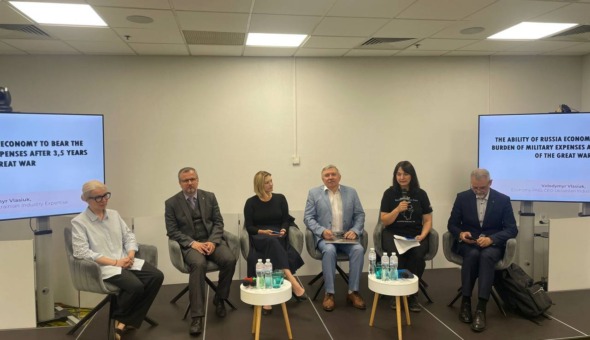
Do you want to attract more resources for community development or strengthen intercultural ties but aren’t sure how?
Lyusyena Shum, a cultural expert with the National Interests Advocacy Network “ANTS”, presented a webinar titled “Development of partnerships between communities and international organizations” as part of the Active Community Forum, in which she explained how communities can find an international partner.
“Following the full-scale invasion, international inter-municipal cooperation took on a completely new meaning. The sister cities sent tons of humanitarian aid to Ukrainian communities, as well as a large amount of utility equipment to replace those destroyed by the enemy, and they provided shelter to Ukrainians forced to flee the country. However, only about half of the communities that have partnerships with municipalities in other countries receive direct assistance from the partners,” – Lyusyena Shum stated.
How to find an international partner:
1. Identify the problem you want partnerships to help you solve.
2. Determine what collaborative activities, projects, and actions are required to achieve the defined goals. (These can include joint festivals or cultural exchanges, joint working groups or conferences, specialist internships, and the development of joint projects to attract donor funding).
3. Assess the potential impact of the joint activities, projects, and promotions that you intend to carry out. (If you plan a joint festival in your community, it can help to increase its tourist appeal, which in turn helps to increase its economic potential).
4. Look for a partner according to the following principles:
▪ Similarity of problems that are relevant for the community, presence of a potential partner experience in solving them
▪ Similarity in essential characteristics (size, type of community, geographical
peculiarities, economic specialization, etc.)
▪ Belonging to one macro-region
▪ Shared democratic values
▪ Interest of both sides in cooperation in the cultural sphere
▪ The existence or potential possibility of adjustment between local institutions — business structures, educational institutions, NGOs, etc
▪ Personal contact between heads of communities, local deputies,
representatives of diasporas, etc.
▪ Is there a Ukrainian diaspora in these countries? (Ukrainian business, startups and initiatives).
5. Write appeal letters to potential partner municipalities. Form alliances with the help of technical assistance projects and international organizations (for example, “Bridges of Trust” implemented by the Council of European Municipalities and Regions (CEMR), PLATFORMA with the help of the “U-LEAD with Europe” Program).
https://u-lead.org.ua/



